
When it comes to your vehicle's safety, brakes top the list of systems that need regular checking. If brake service is neglected, you're gambling with your safety, and that of your passengers and other drivers.
When was the last time you had your brakes checked? Visit your JAX Tyres Brake Specialist today to ensure that your car's braking system will never fail you.
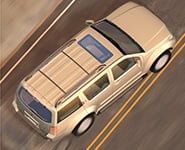
PULL
The vehicle pulls to the right or left when the brakes are applied. While usually an issue with the braking system, this symptom can also be caused by worn suspension components or even mis-matched tyre sizes.
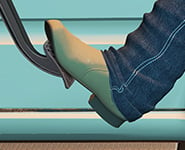
GRAB
Brake grab is where the braking system has become overly sensitive or "touchy", as soon as you apply the brakes. The brakes react in a far stronger way than they should normally.
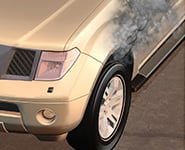
DRAG
Sticking brakes, hot wheels or an apparent engine power loss are all signs of drag. Brake drag is when the braking system fails to disengage properly causing the vehicle to feel sluggish and unresponsive.
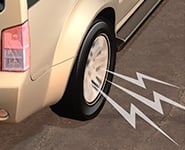
SQUEAL
Excessive squeal, screech, grinding, groaning, chatter, clatter or bang, means your brakes need attention. The brakes on your car should operate with minimal amount of noise.
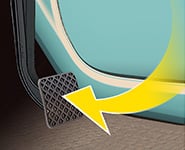
LOW PEDAL
This is when your brake pedal goes almost to the floor or feels to be lacking in firmness (spongy). With low pedal it can feel like your brakes have little or no braking reserve.
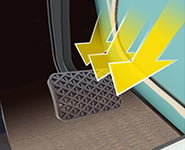
HARD PEDAL
Hard Pedal is when your brakes require an extreme foot pressure to work. The brakes do not operate properly and the vehicle often requires an excessive distance to pull up or stop.
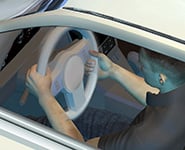
VIBRATION
The brake pedal, steering wheel, or the entire vehicle shakes, vibrates or pulsates when your brakes are applied. There can be other vibrations in your vehicle that haves a similar feel but brake vibration is noticeable when the brakes are applied.
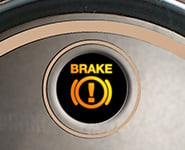
BRAKE WARNING LIGHT
The brake warning light may come on when you apply the brakes or stay on continuously and usually means either the parking brake is applied, or, there is a serious drop in hydraulic pressure.
The Basics of Brake Hardware
Drum Brakes and Disc Brakes are the two basic types of braking systems. Both stop the car by forcing a high friction material against iron drums or discs attached to the wheels. For more information, click through to How Brakes Work: Understanding vehicle Braking Systems.

We’ve matched your registration number Sorry, we couldn’t find a match for registration number !

